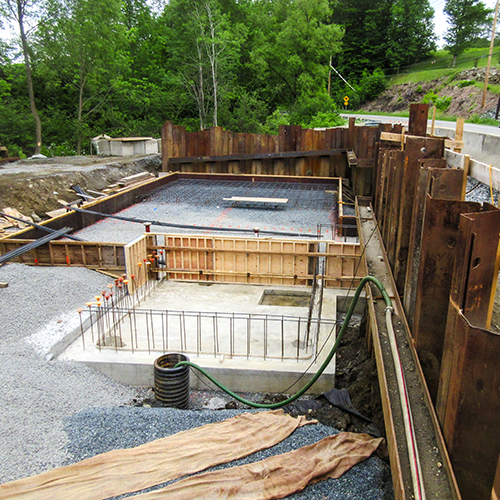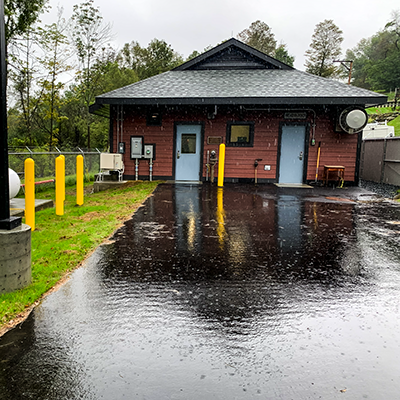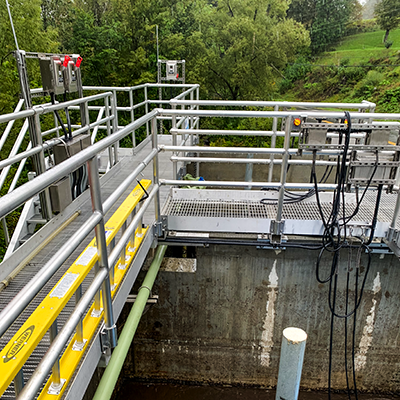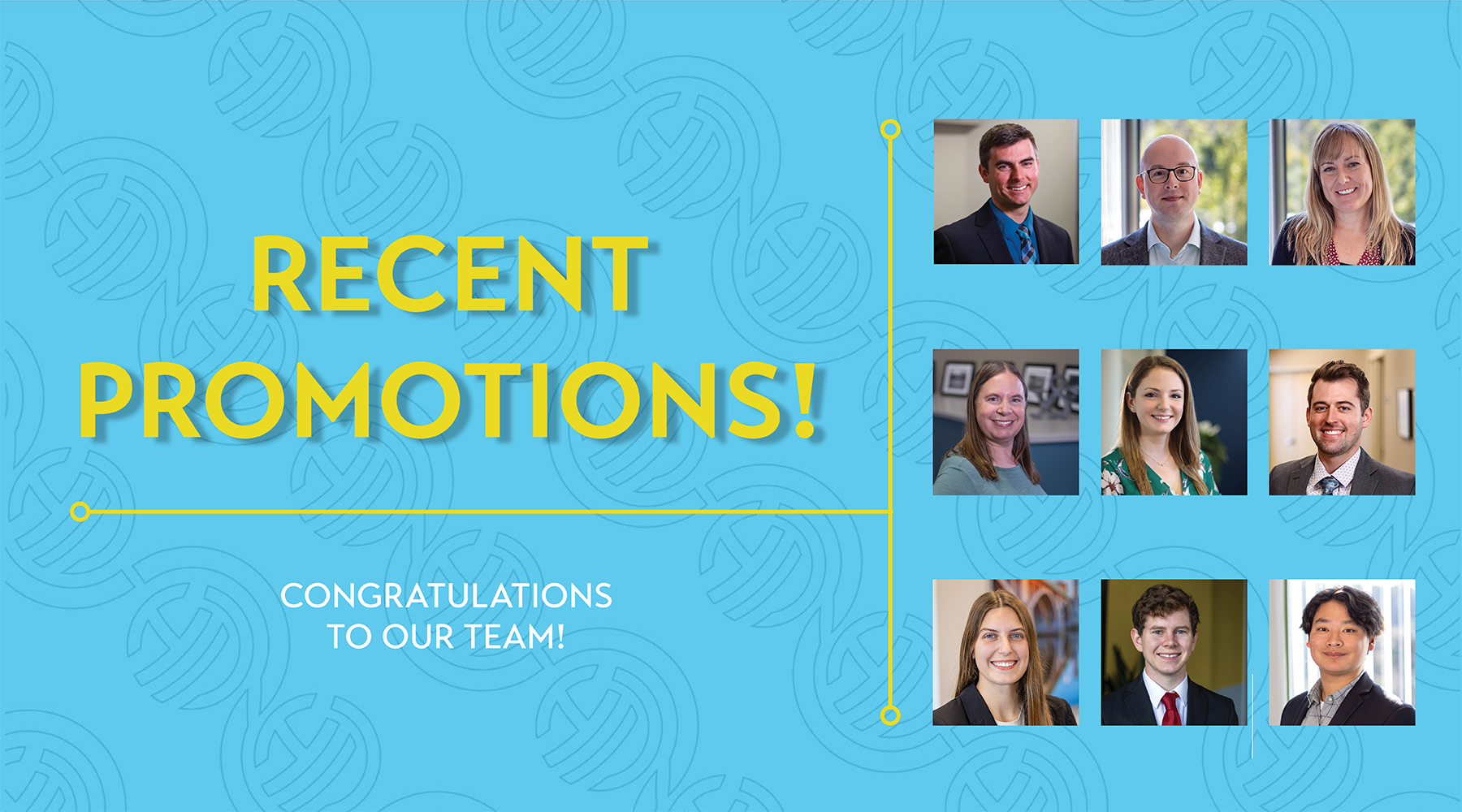After four years (and navigating material shortages during the pandemic), the village of South Woodstock, Vermont has a new wastewater treatment facility (WWTF)!
Why the Upgrades were Necessary

The original wastewater treatment facility (WWTF) was a 50,000 gallon-per-day conventional activated sludge plant that hadn’t been upgraded since it was built in 1966. It didn’t have any backup systems for the main parts, including the aeration basin and secondary clarifier, which meant that these units couldn’t be taken offline for maintenance or repairs.
Now, the facility needs to meet new regulatory requirements for removing nitrogen (nitrification and denitrification) and must comply with an effluent Total Nitrogen (TN) limit as specified in its NPDES permit. Additionally, a portion of the facility’s site is in a Regulatory Floodway, which makes it challenging to add new process tanks due to the risk of flooding. Additionally, a portion of the WWTF site was in the Regulatory Floodway, which could not be encroached upon, limiting the placement of the new WWTF on the already small site.
Our Study Revealed Three Alternatives

Hoyle Tanner completed the preliminary engineering study to upgrade the South Woodstock WWTF. To make the upgrades, we presented three process alternatives for the Town of Woodstock to consider: Sequencing Batch Reactor (SBR), Membrane Bioreactor (MBR), and submerged attached growth bioreactor (SAGB).
We evaluated the alternatives with the Town based on financial and non-financial analyses.
Ultimately, we recommended an SBR process with an innovative equipment layout, allowing all process equipment to be accessed from above the water line. The SBR offered similar ease of operation to other alternatives but has proven corporate aftermarket support and has been selected for multiple installations in Vermont, many of which are above-grade. This allowed for a two-tank SBR process without pre-equalization to meet the Vermont DEC SBR design guidelines. This innovative approach saved capital costs while realizing a lower life-cycle cost, as well.
Constructed

The existing package treatment system and WWTF had reached the end of its useful life and was replaced before any failures led to permit violations. Throughout the construction phase, Woodstock treatment plant operators actively participated, with a special focus on the startup, testing, and training phases – for a more seamless transition to the new plant. Additionally, state-of-the-art equipment reduces daily manpower needs for routine operation of the facility. These upgrades align with our commitment to ensuring a reliable and technologically-advanced treatment facility that protects the environment and public health. Do you have wastewater treatment needs in your area? Connect with Joseph Ducharme Jr., PE, BCEE – our Division Manager for Municipal Engineering Services.










